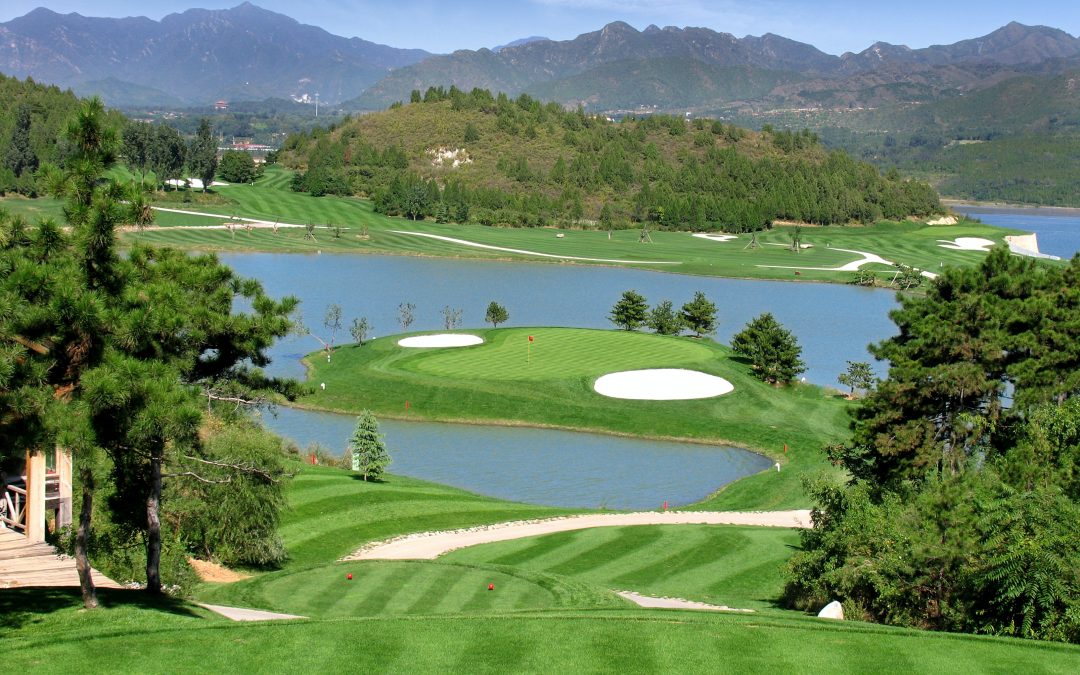When we think of golf, the first image that springs to mind is often not a ball, a club, or even a golfer in mid-swing, but a carefully manicured green. Though it was not the first type of golf course developed, parkland – the stereotypical golf course, of fairway, green, bunkers and trees, is the one that most readily leaps to the imagination.
Away from the harsh winds and firm turf of older courses, parklands allowed both golfers and architects more opportunity for boldness. The more predictable environment means that there’s far more scope for imaginative and daring play. However, the softer, more absorbent ground is the flipside of the harder ground at links courses. Instead of the ball bouncing further along the ground, it’s more likely to come to a stop quickly.
This necessitates creativity and risky, long-range, high shots to keep to par even on longer holes.. Many famous golfers honed their skills on parkland courses, and they feature prominently in many of the most prestigious golfing tournaments.
Due to its popularity, some of the most famous golf courses of all time fall into the parkland category. The Golf Nationale in Paris, which will feature in the 2024 Paris Olympics, is a parkland course. So is the Augusta National, in the United States, one of the most famous golf courses of all time.
Parkland Courses – Design Factors
When it comes to design, parkland courses have a serious advantage over more natural ones. Golf courses can be paid thousands of pounds to store landfill. One man’s trash is another man’s treasure, however. Landfill can sit neatly under the turf, hidden away from sight, and can even lend itself to the creation of more unusual features.
However, no two parkland courses are truly the same – parkland courses offer the most room for creativity for architects. Rather than being largely untouched by human hands like links courses, parkland courses are set apart by the hand of man – bunker positioning, tree positioning, and the location of rivers, even the length of the holes, can make parkland courses radically distinct.


Recent Comments